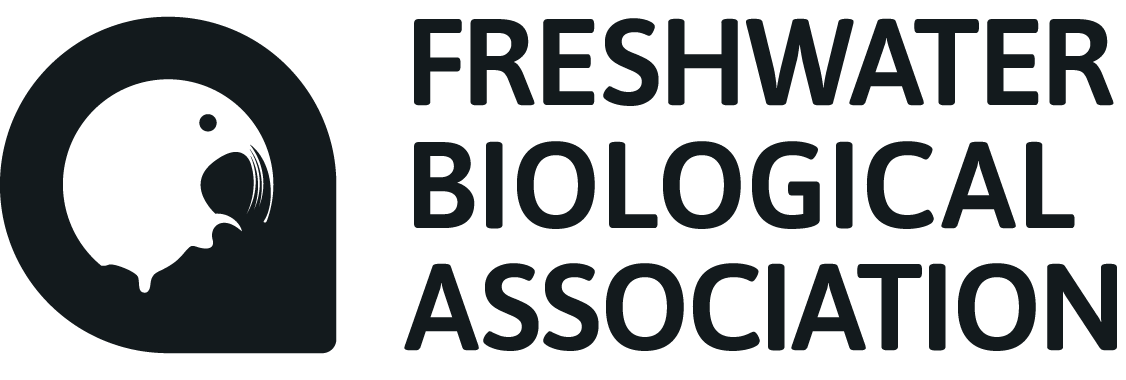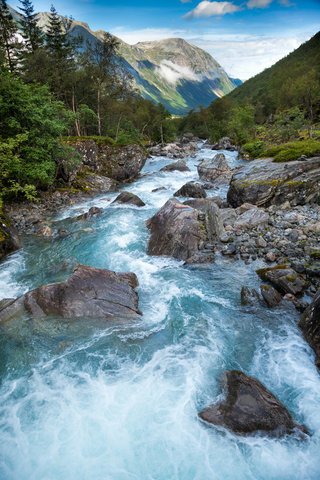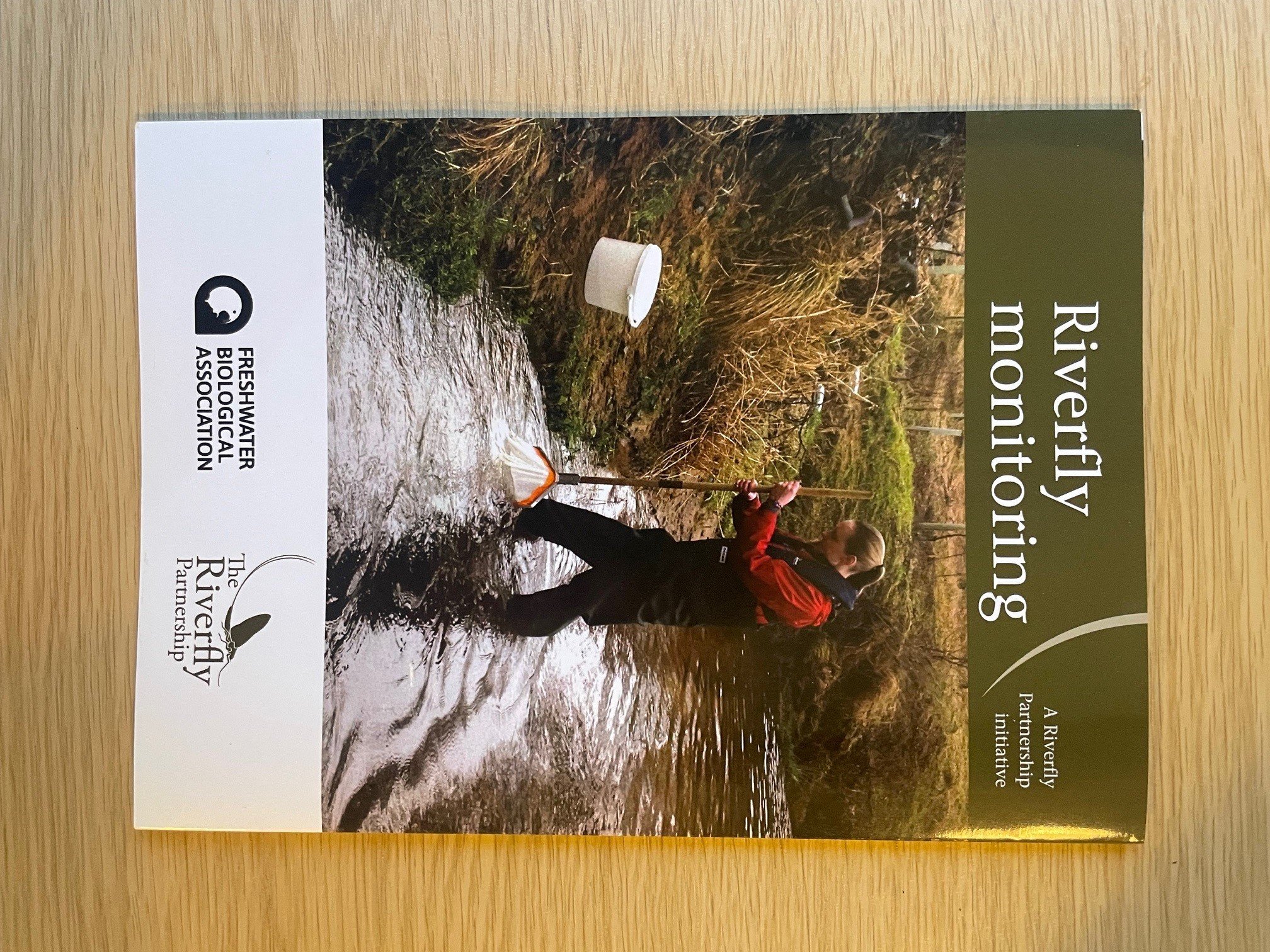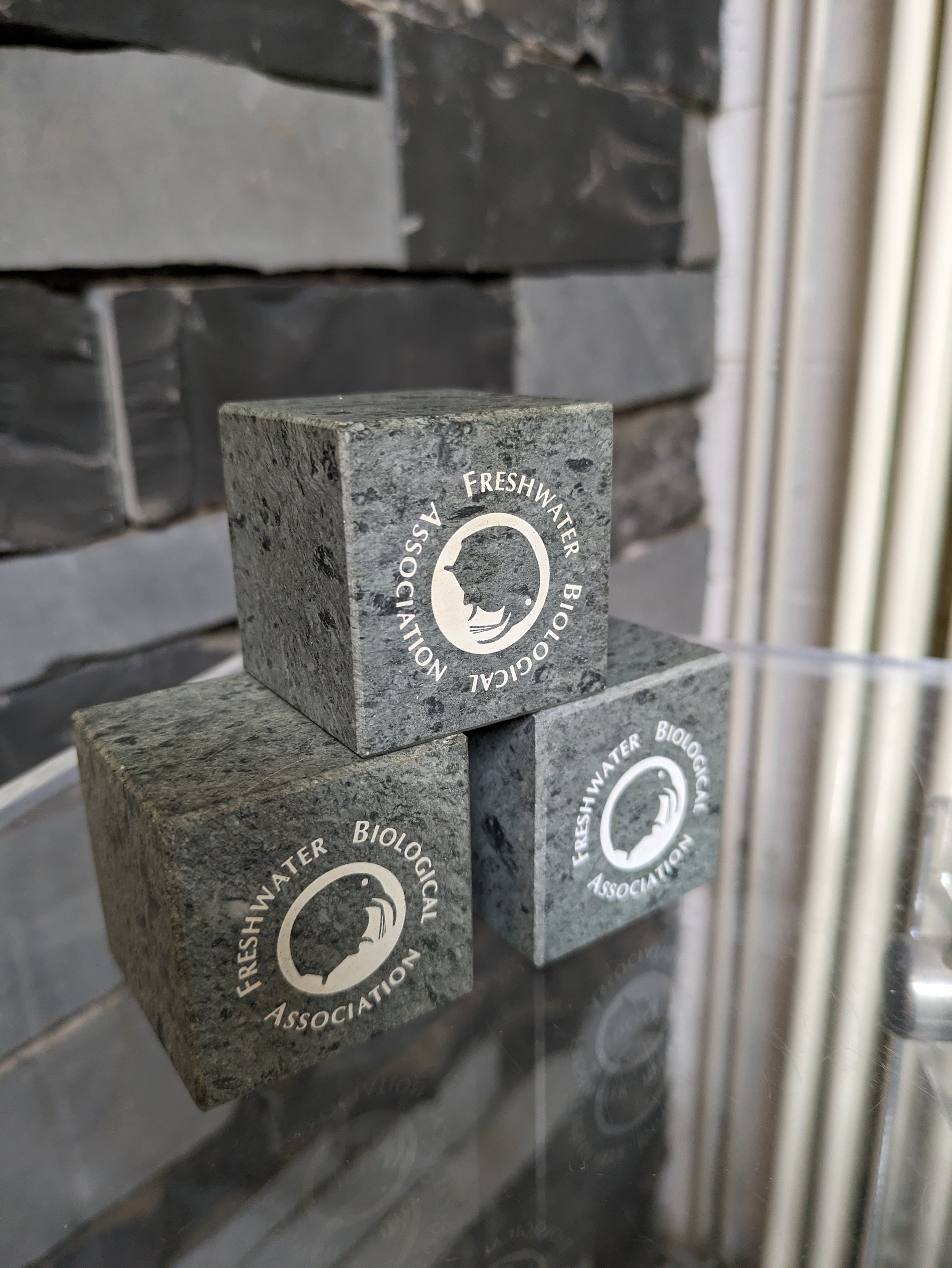Integrating citizen science into catchment management: Lessons learnt from the River Chess
14 August, 2024
By Kate Heppell (1) & Hannah Parry-Wilson (2)
(1) Chilterns National Landscape, KHeppell@chilterns.org.uk; (2) Chilterns Chalk Streams Project, hparrywilson@chilterns.org.uk
Kate Heppell leads the water quality theme of the River Chess Smarter Water Catchment (SWC) project and is Head of Landscape at Chilterns National Landscape. Hannah Parry-Wilson is the Citizen Science Co-ordinator for the SWC project. In this article, we introduce the River Chess SWC, which is funded by Thames Water and delivered by a partnership of eight stakeholder organisations who share an interest in the health of the River Chess.
Edited by Rachel Stubbington, Nottingham Trent University
Rachel is both a Fellow of the Freshwater Biological Association and long-standing Editor of FBA articles. If you would like to submit an article for consideration for publication, please contact Rachel at: rachel.stubbington@ntu.ac.uk
The Chess Smarter Water Catchment project
The River Chess is a groundwater-fed chalk stream (Fig. 1a) that flows through the Chilterns National Landscape. The river rises in the market town of Chesham, Buckinghamshire, travelling 16 km through the Chilterns National Landscape into Hertfordshire, before joining the River Colne in Rickmansworth. Land use in its catchment is predominantly arable or pastoral farmland with some woodland and urban areas. The river is heavily modified along its entire length.
The Chess has two sewage treatment works (STW), Chesham and Chenies (Fig. 1b), which serve population equivalents of 37,300 and 150 respectively. Treated effluent from Chesham provides 40–80% of flow, depending on baseflow, so its operation is critical to the river’s ecological status – which is classified as ‘moderate’ under the Water Framework Directive.
In 2020, Thames Water piloted Smarter Water Catchments (SWC), a catchment-based partnership approach to river management, investing £3 million in three rivers, including the Chess, over five years. The Chilterns Chalk Streams Project and River Chess Association host the Chess SWC project, which comprises eight organisations who steer investment in the Chess catchment. Prior to the Chess SWC project, the two host organisations had worked together to develop Riverfly monitoring, flow and water vole monitoring initiatives with local volunteers, and the group had worked with researchers from Queen Mary University of London to install four real-time water quality sensors in response to concerns about raw sewage discharges from Chesham STW. As a result, a core group of people held a long-term interest in the river’s health.
Figure 1. The River Chess: a) at Sarratt Bottom © H. Parry-Wilson; b) location of the Chess catchment, including sewage treatment works (STW) outfalls (orange triangles).
Identifying environmental issues in the Chess
In the SWC project’s first year, we conducted baseline studies to identify key issues affecting river water quality (Chilterns Chalk Streams Project 2022). We collated relevant baseline data including from the Environment Agency, water companies and local studies, then identified issues, evidence gaps and the following opportunities for action:
Monitor and understand the impact of STW, and improvements in STW, on water quality;
Reduce phosphate and nitrate concentrations linked to eutrophication;
Understand the risk from and location of fine sediment inputs;
Assess the risk from emerging contaminants;
Assess the combined impact of abstraction reductions and restoration on river health.
Three examples of citizen science activities
When the SWC project started, the steering group wanted to support the existing water vole and Riverfly monitoring schemes, whilst introducing new techniques and recruiting new volunteers to investigate the issues raised by the baseline assessment. A blend of bespoke and off-the-shelf citizen toolkits were chosen (Appendix 1). The site locations and frequency of monitoring were pre-determined by staff before citizen scientists were trained in the techniques. Here, we consider three examples of citizen science activities we have trialled during the project.
Using real-time sensors to investigate how water quality affects river health
Real-time sensors have enabled us to identify spatiotemporal patterns in river water quality such as (i) increases in specific conductance due to de-icing activities in winter (Fig 2a); (ii) unshaded, shallow river reaches where water temperatures exceed 20°C during summer heatwaves, causing stress for salmonids (Bašić et al. 2018; Johnson et al. 2024) (Fig. 2b); and (iii) diurnal changes in turbidity due to crayfish burrowing (Fig. 2c). Such data have informed potential adaptive management actions. For example, we revised the balance of light and shade in our restoration plans in response to a predicted increase in the frequency of summer heatwaves under future climate change scenarios.
For local stakeholders, the sensor data have raised awareness of untreated sewage discharges, and informed dialogue with Thames Water as issues arise. The sensors have helped us demonstrate the effects of groundwater infiltration into the sewer network on dissolved oxygen levels in the river, and these data have contributed to recommended actions in the Chalk Stream Restoration Strategy (p. 71, Rangeley-Wilson 2021). When operational issues occur at Chesham STW, local stakeholders can track when problems start and end, and assess their magnitude. For example, ammonium and pH changed during storm tank overflow events, ammonium increasing during a period in which the tertiary treatment at the STW failed (Fig. 3). Sensor data are available open access via a ‘Shiny app’ created by one of our citizen scientists and are being used by researchers at the University of Birmingham to investigate differentiation of organic matter pollution sources. We have also shown how citizen science sampling campaigns can be informed by patterns in sensor data (Schäfer et al. 2022).
Figure 2. Data from water quality sensors on the River Chess: a) an increase in specific conductance after sharp increases in temperatures resulting in snowmelt in December 2022, detected by sensor upstream of Chesham STW; b) differences in temperature between the most upstream and downstream sites during a heatwave in June 2023; c) overnight increases in turbidity detected by the most downstream sensor in Rickmansworth.
Using Mud Spotter to identify sediment inputs
Data from our water quality sensors indicated that turbidity was elevated just downstream of Chesham, so we piloted the Mud Spotter toolkit with citizen scientists to identify the locations and frequency of fine sediment inputs into the river around the town (Fig. 4). In addition, Buckinghamshire County Council (a project partner) commissioned a detailed study of water and sediment quality around Chesham, to identify priorities for action. This was combined with consultancy work on the entire river to identify sediment sources and ecological impacts. We identified several sites where fine sediment enters the Chess, including reaches which receive agricultural runoff via steep valley sides, and urban runoff from unmetalled parking areas and road verges.
Figure 4. Mud Spotting in Chesham: a) example records of sources of runoff in Chesham © Cartographer Studios Ltd.; b) Mud Spotters collecting data during a field training session (left) and during an autumn heavy rainfall period (right).
Using the Modular River Survey to assess restoration success
The ‘Wildlife Corridor’ theme of the Chess SWC project aims to improve the river’s health through targeted restoration projects that enhance biodiversity and enable nature recovery. Such projects often lack funding to evaluate whether interventions have achieved their objectives. We are using the citizen science component of the Modular River Physical Survey (MoRPh) to generate baseline physical habitat and hydrogeomorphology data for reaches identified as suitable for restoration, and to survey annual changes post-restoration. For example, we are monitoring a restoration project designed to improve riparian and channel habitat complexity to encourage colonisation by water voles (Fig. 5).
Figure 5 Effects of restoration on the River Chess: a) pre-restoration (2022) and post-restoration (2023, 2024) MoRPh results: channel physical habitat complexity, riparian physical habitat complexity and riparian vegetational structural complexity are MoRPh indices, as described here; b) completed berms in December 2022, © Adrian Porter.
Lessons learned
In a project underpinned by a professional baseline assessment, we blended pre-existing citizen science activities with recruitment of new citizen scientists and methodologies to tackle objectives to improve the health of the River Chess. The multi-year, well-resourced SWC project enabled us to employ a full-time Citizen Science Co-ordinator (Parry-Wilson) to manage activities and provide feedback to volunteers. Without such continuity and funding, we could not have run our extensive programme of activities. Key lessons are:
Tackling water quality, quantity and habitat together is important to create a meaningful action plan for a river.
Collaborative working with partners enhances the use and application of citizen science datasets but requires investment of time for meaningful knowledge exchange.
Actively and regularly sharing information with citizen scientists enables action, maintaining enthusiasm and motivation.
Matching citizen scientists’ interests and skills to a particular activity, providing them with regular training and social events, are important.
Considerable resource (staff and equipment) is required to keep multiple citizen science activities running smoothly.
Development of citizen science methods for temporary streams such as chalk winterbournes will help the public understand their value.
Acknowledgements
We thank the 76 different organisations who have been a part of the SWC initiative, these include all partner organisations and our project steering group, who have supported our work.
The dedicated efforts, continued enthusiasm and self-motivation of citizen scientists in helping us sample and survey the Chess catchment continue to create a new understanding of issues impacting the River Chess.
Finally, we would like to thank the Chilterns National Landscape team, especially those working for the Chilterns Chalk Streams Project, for assistance with surveys, presentations, events and public advocation for our work.
References
Bašić, T. et al. 2018. Roles of discharge and temperature in recruitment of a cold-water fish, the European grayling Thymallus thymallus, near its southern range limit. Ecology of Freshwater Fish 27: 940–951. https://doi.org/10.1111/eff.12405
Chilterns Chalk Streams Project. 2022. A baseline assessment of water quality in the River Chess. 109pp. https://chesssmarterwatercatchment.org/what-we-do/reports/
Johnson, M. et al. 2024. Rising water temperature in rivers: Ecological impacts and future resilience. Wiley Interdisciplinary Reviews: Water 11: e1724. https://doi.org/10.1002/wat2.1724
Rangeley-Wilson, C. 2021. Chalk Stream Restoration Strategy 2021 Main Report. https://catchmentbasedapproach.org/learn/chalk-stream-strategy-3/
Schäfer, B., et al. 2022. Machine learning approach towards explaining water quality dynamics in an urbanised river. Scientific Reports 12: 12346. https://doi.org/10.1038/s41598-022-16342-9
Appendix 1. Descriptions of main activities carried out within the Chess catchment, including our involvement and citizen scientist involvement.
Further reading
The Freshwater Biological Association publishes a wide range of books and offers a number of courses throughout the year. Check out our shop here.
Get involved
Our scientific research builds a community of action, bringing people and organisations together to deliver the urgent action needed to protect freshwaters. Join us in protecting freshwater environments now and for the future.















